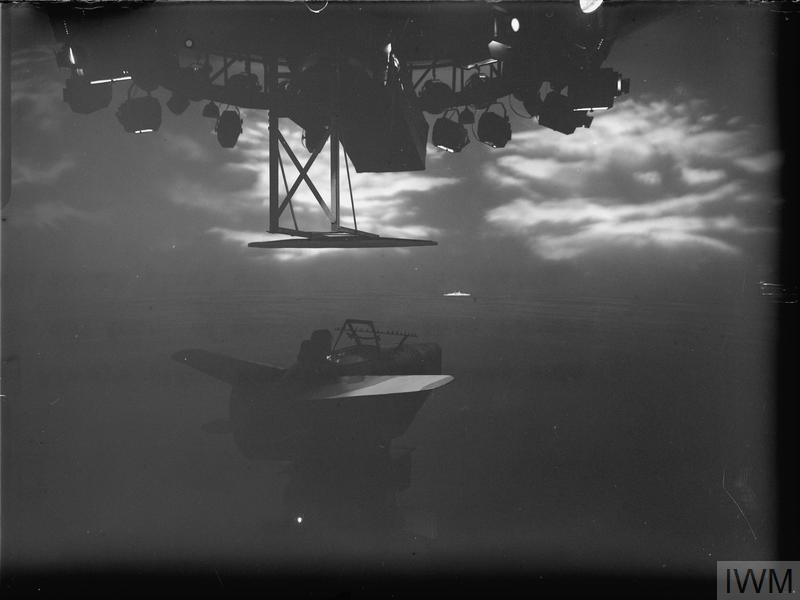Admiral Beez
Major
I'm more interested in the Type 148 as genesis for a fleet fighter, but single seat. It's the same span and size as the Hurricane.There are several problems with the type 153 especially for a carrier fighter.
Again, I'm not suggesting bolting a 875 kg, 55in dia Hercules onto the nose in place of a 590 kg, 46in dia Taurus. But using some of its design may get Bristol ahead of the Fulmar.
40ft wide straight chord wing need to go - you won't be rolling this in a hurry otherwise. But look at the single seat option below.
Swap in a scaled up version of the Type 146's 39 ft wide wing.
Or make me a single seat Fulmar that's lighter and we can toss the lot.
Last edited:


